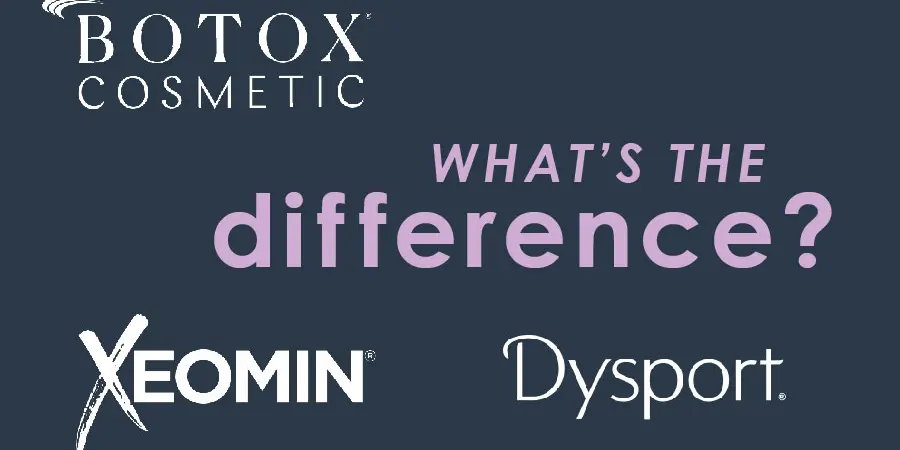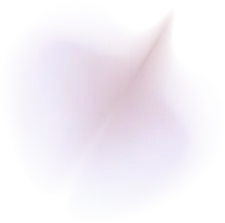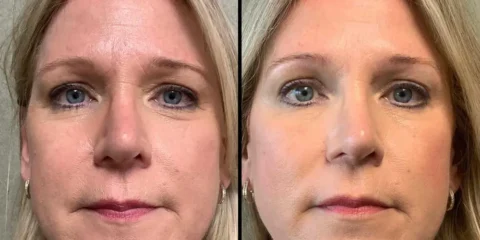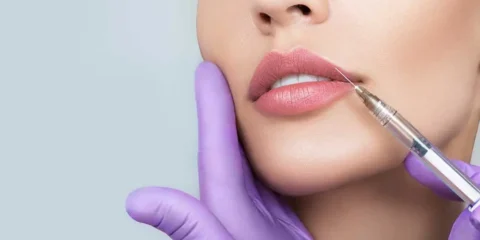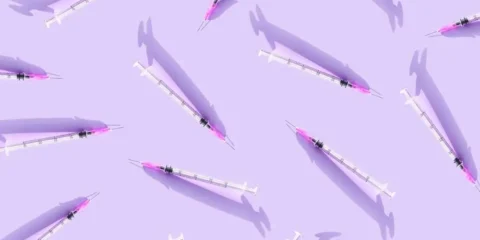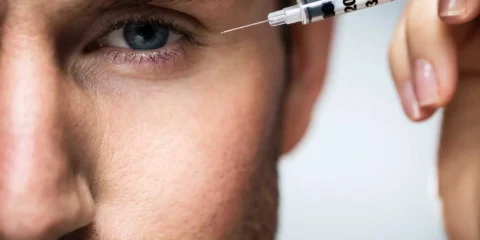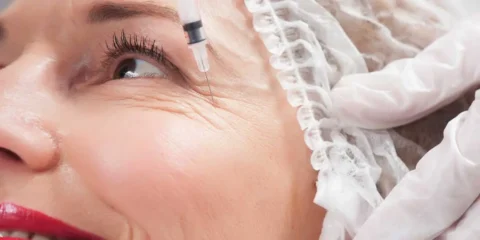Wrinkle treatments
Botox®, Xeomin®, Dysport®, what is the difference?
Botox® is a household name, and if you are reading this, you may be familiar with Botox®, or just learning about it. Botox® is a neuromodulator that blocks messages from the nerve to the muscle to lessen the appearance of wrinkles as well as to improve the appearance of your face through lifting things like your eyebrows or corners of your mouth.
There are also several non cosmetic uses of Botox® such as for sweating, muscle spasm, and migraine headaches to name a few.
I am going to assume for this post that you have some familiarity with Botox® so we can talk about what is different between Botox® and other neuromodulators and only discuss these neuromodulators in relationship to cosmetic facial treatments.
I have by far the most experience with Botox® (over 16 years)and love using it. But there are some newer neuromodulators that we need to be aware of in order to make an informed decision.
Dysport® vs Botox®
After I had years of experience with Botox®, Dysport® came on the market and I tried it out on several hundred patients. The units of Dysport® do not correspond to Botox®, and they behave somewhat differently, so there was a learning curve.1 unit of Botox® corresponds approximately to 3 units of disport.1 bottle of Botox® has 100units, and one bottle of disport has 300 units. Most practitioners add the same amount of saline to disport as they do to Botox® so there is less confusion in dosing.
One notable difference that I and other doctors noted with Dysport® vs Botox® was the spread of the neuromodulator. Botox® injected into a muscle only treats a small area of that muscle and doesn’t spread to other muscles much. Dysport®, on the other hand, spreads further and can affect muscles I wasn’t intending to treat. This has been noted in clinical studies as well.
Clinically what I observed was less lifting of the droopy eyebrows, and often more drooping of already droopy eyebrows, if I treated the “11’s” the lines between the eyes.
Why less lift and more drooping? We have muscles in our face that lift things (think upward smile) and things that lower things (think frown).For our upper face the lifter muscle is called the frontalis. The frontalis is the muscle that causes the furrows or lines in your forehead, but it is also the muscle that lifts the eyebrows.
The muscles that lower your eyebrow (there are 7 lowering muscles vs 1 lifting) are the oribicularis occuli (2), depressor supercilli(2), corregator supercilli (2), and procerus (1).
These 7 muscles are my primary focus when I want to treat a droopy eyebrow and create youth in the face of tired appearing eyes. When I inject disport into these muscles, the neuromodulator bled into the frontalis and gave me less lift, and in some cases made the droopiness worse.
Many clinicians overcome this by either accepting less lift, or altering the dose or the concentrations when using disport.
There are times when more neuromodulator diffusion is favorable. When treating the forehead and the crow’s feet (lines at the sides of your eyes).A case could be made for using Botox® (less spread) at the gabella (central lowering muscles) and disport for the crow’s feet and forehead.
Many clinicians also note that Dysport® just seems to work stronger. The literature doesn’t consistently support this, but when talking to other top injectors, this is something we have observed.
Xeomin® vs Botox®
Xeomin® is equivalent in potency per unit to Botox® and spread to Botox®.Xeomin® has the theoretical advantage of having less possibility of resistance than Botox® due to lack of additional proteins, but resistance is very rare to begin with.
There have been studies to address these two very similar neuromodulators (Botox® and Xeomin®), and I will briefly review 2 that were head to head comparisons treating different conditions.
In a 2013 study comparing Botox®, Xeomin®, (and Dysport®) for the treatment of gabellar lines (the 11’s between the eyes), the investigators used identical units of Botox® and Xeomin® (21 U).neither the doctor nor the patient knew which product they are going to get (double blinded study).There were 60 subjects in each neuromodulator group.(1)
The patients were injected identically, and checked at2, 3, 4, 5, 6, 7, 8, 90, 120, 150, and 180 days. Interestingly the Xeomin® subjects were blocked (less muscle movement) at 3 days on average, whereas the Botox® patients took on average 5 days for effectiveness. This reached statistical significance.
The other observation was that Xeomin® tended to last longer than Botox®. In males, both neuromodulators lasted an average of 115-121 days, and females it lasted 139-146 days. Xeomin® was slightly longer lasting than Botox®, but not of significance.
a 2014 clinical study comparing the effectiveness of Botox® vs Xeomin® in a condition called blepharospasm. This is an unpleasant twitching of the eye. In this study, they did what is called a “split face study” which is where one side was treated with Botox® and the other with Xeomin®.48 people with blepharospasm were treated and there was no difference between the 2 neuromodulators in terms of effectiveness, duration or satisfaction.(4)
In another study much higher doses of Botox® and Xeomin® were assed and over several years (2-17 years)for neck muscle spasm. (2).They found identical potency between the two neuromodulators.
So which neuromodulator is best for you?
There are a few factors to consider: cost of the drug, experience of the provider with the particular neuromodulator, and unique features discussed above.
While Botox® and Dysport® do not behave in the same way and the provider needs to be aware of the characteristics of each and inject differently (3), Botox® and Xeomin® are virtually identical.
There is also the issue of brand name comfort that Botox®® owns. This was the first neuromodulator on the market, by far the most market share in the USA, and a sales and training team second to none.
Xeomin® is the new kid on the block, is a little more pure (some call it “naked” Botox® because of the lack of additional useless proteins), and less expensive. Xeomin® appears to work at least as well as Botox® with no clear drawbacks.
References:
1: Onset and duration of effect of incobotulinumtoxinA, onabotulinumtoxinA, and abobotulinumtoxinAin the treatment of glabellar frown lines:a randomized, double-blind study.Clinical, Cosmetic and Investigational Dermatology 2013:6 211–219.Thomas Rappl et al
2: Botulinum toxin therapy of cervical dystonia: comparing onabotulinumtoxinA (Botox®) and incobotulinumtoxinA (Xeomin®).J Neural Transm (2014) 121:29–31.Dirk Dressler et al
3: Global Aesthetics Consensus: Botulinum Toxin Type A—Evidence-Based Review, Emerging Concepts, and Consensus Recommendationsfor Aesthetic Use, Including Updateson Complications.PRSJ Vol 137 No 3 518e-.Hema Sundaram et al.
4: A direct comparison of onabotulinumtoxina (Botox) and IncobotulinumtoxinA (Xeomin) in the treatment of benign essential blepharospasm: a split-face technique.J Neuroophthalmol 2014 Sep;34(3):233-6.Saad, j et al.

